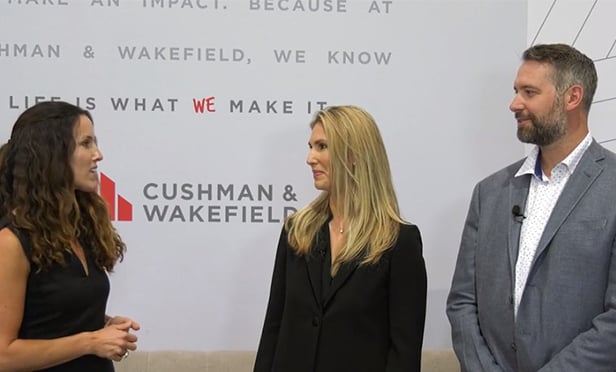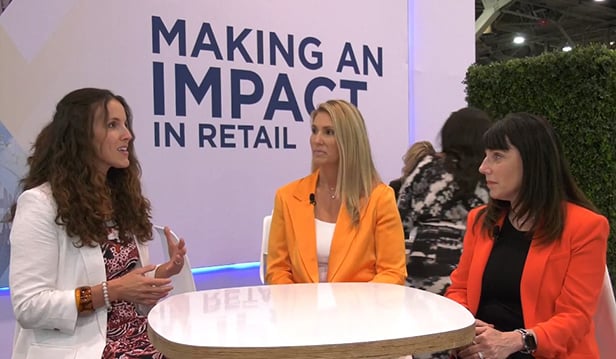SAN DIEGO—Sellers' assumptions about rents may not hold true, so buyers need to do their due diligence on each property's rent potential, taking into account many factors, Cushman & Wakefield SVP Mark Avilla tells GlobeSt.com. Avilla recently joined C&W's new private-client investment advisors team here, along with Peter Curry, Brooks Campbell and Duncan Todd. With more than 80 years of combined experience and a 10 year-history of closing 260 sale transactions totaling more than 6.1 million square feet and $1.5 billion in sales volume, the team specializes in investment sales under $20 million located in Southern California.
We spoke exclusively with Avilla about the strategies private clients are using to get ahead and what his team is advising them to do at this point in the cycle.
GlobeSt.com: What strategies are private clients are using to get ahead?
Recommended For You
Want to continue reading?
Become a Free ALM Digital Reader.
Once you are an ALM Digital Member, you’ll receive:
- Breaking commercial real estate news and analysis, on-site and via our newsletters and custom alerts
- Educational webcasts, white papers, and ebooks from industry thought leaders
- Critical coverage of the property casualty insurance and financial advisory markets on our other ALM sites, PropertyCasualty360 and ThinkAdvisor
Already have an account? Sign In Now
*May exclude premium content© 2025 ALM Global, LLC, All Rights Reserved. Request academic re-use from www.copyright.com. All other uses, submit a request to [email protected]. For more information visit Asset & Logo Licensing.









